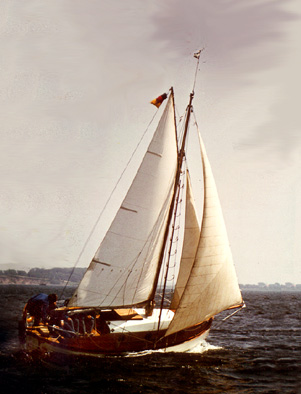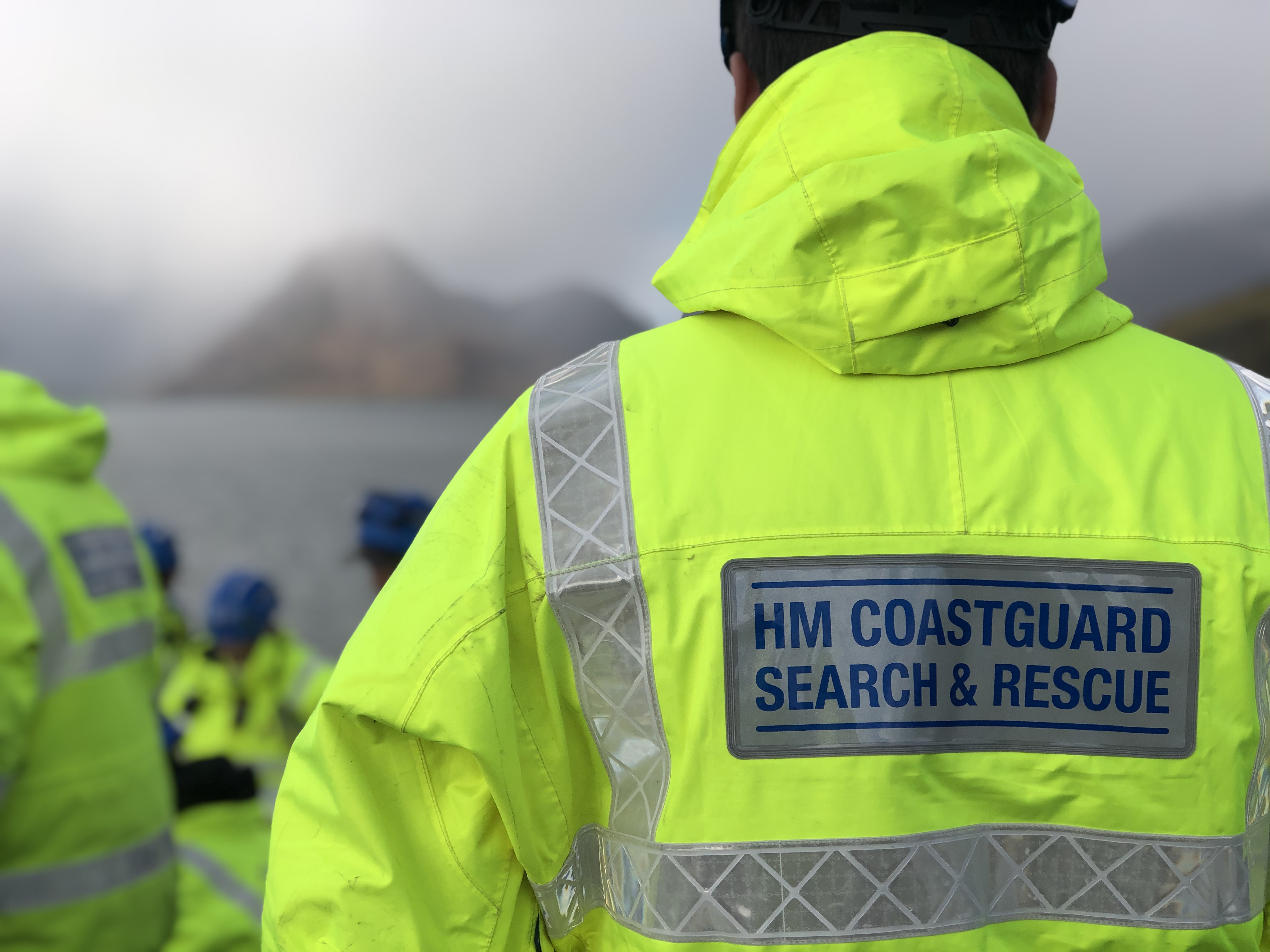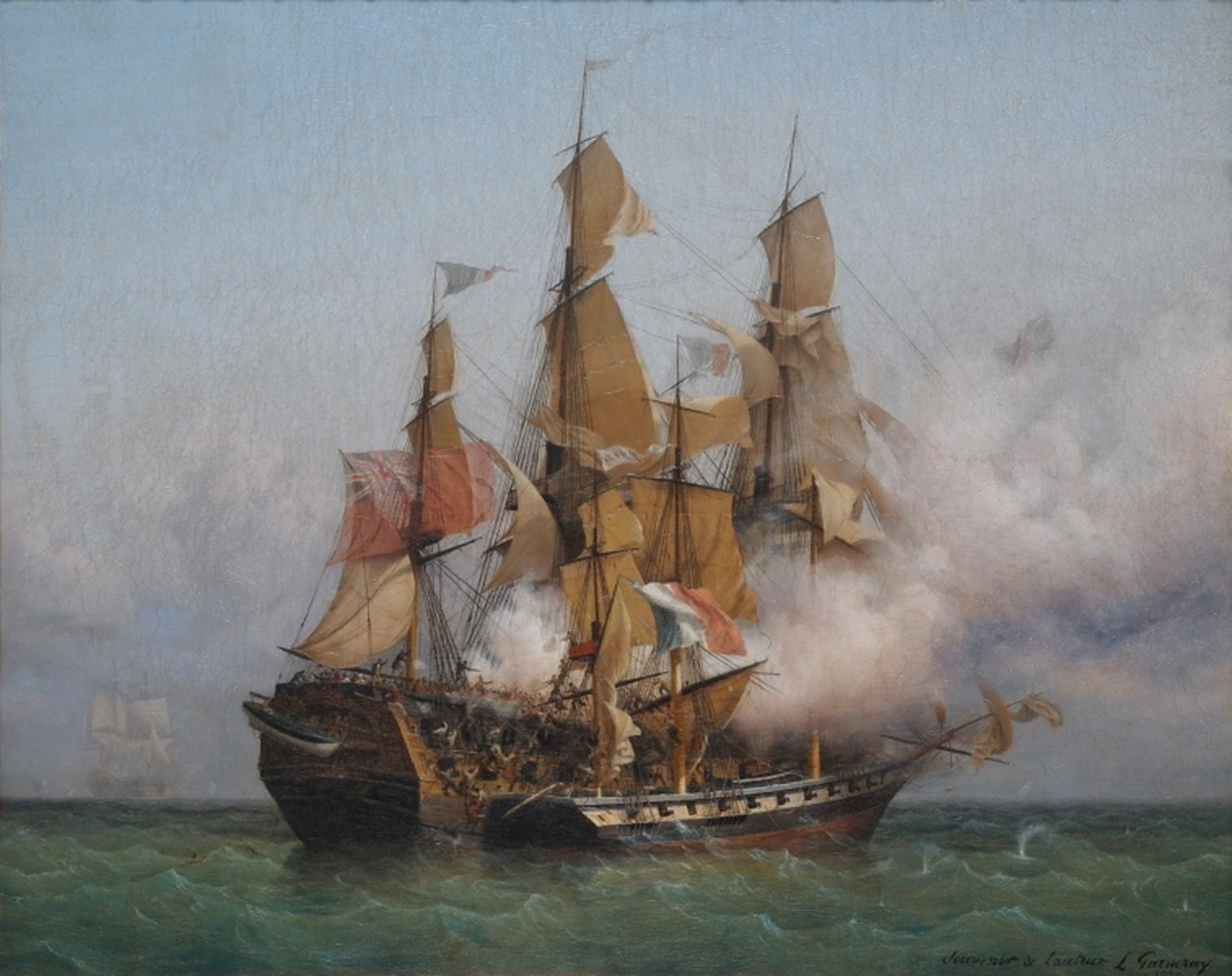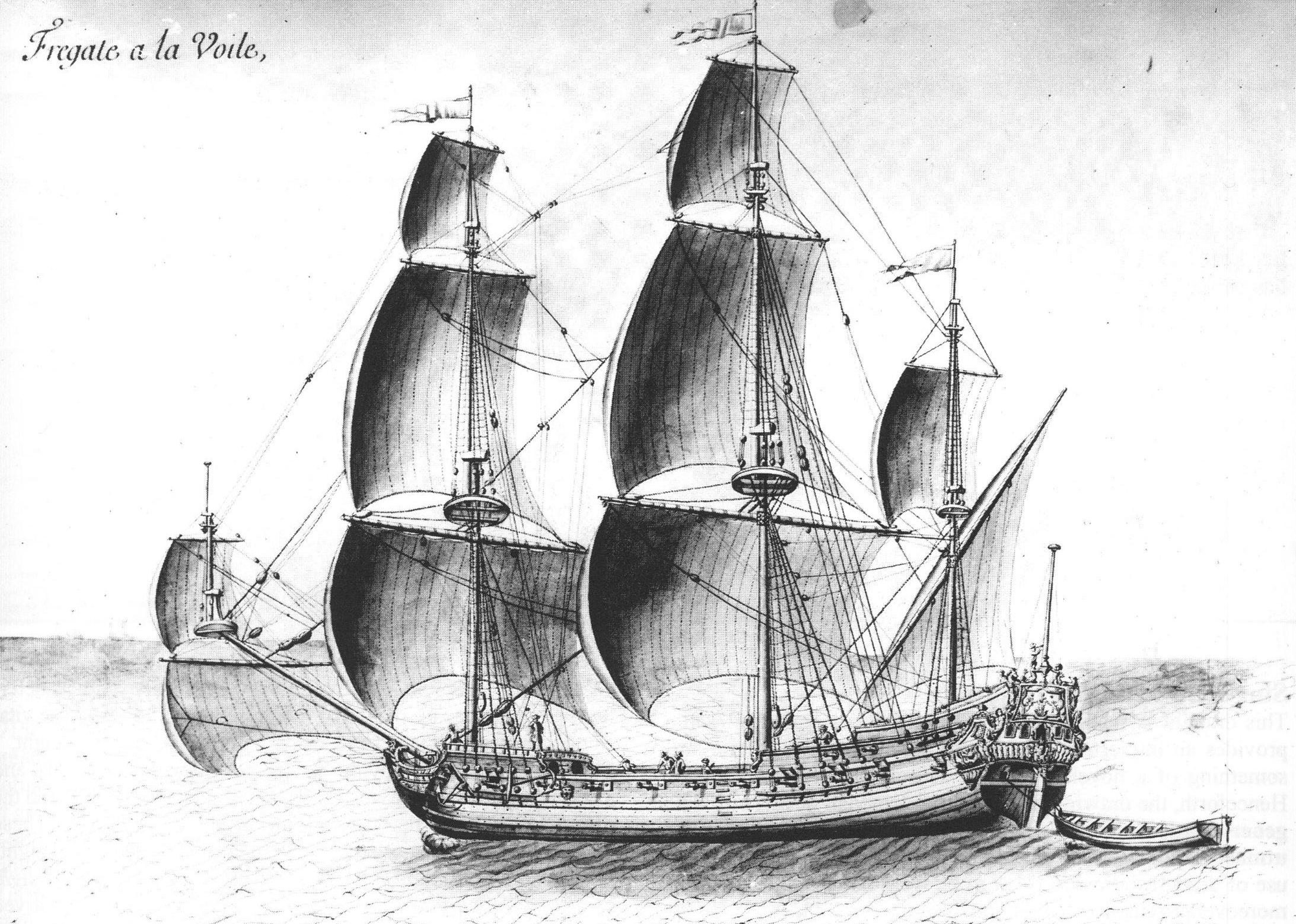|
HMS Providence
Eleven ships of the Royal Navy have been named HMS ''Providence''. Another was intended to bear the name: * was a 30-gun ship launched in 1637 and wrecked in 1668. * was a 6-gun fireship purchased in 1665 and sunk in action in 1666. * was a 6-gun fireship purchased in 1672 and lost in 1673. * was an 8-gun fireship purchased in 1678 and sold in 1686. * was a 12-gun sloop captured from the Americans in 1779 and listed until 1780. * was a 28-gun fifth-rate, previously the American . She was captured in 1780 and sold in 1784. * was a 16-gun storeship purchased in 1782 and sold in 1784. * was a 12-gun sloop launched in 1791 and wrecked in 1797. * was a 14-gun schooner purchased in 1796 and expended as a fireship in 1804. *HMS ''Providence'' was to have been a cutter tender. She was launched as in 1817, but was ordered to be renamed HMS ''Providence'' in 1822. The renaming was cancelled however. * was a Coastguard cutter launched in 1866 and sold in 1870. * was an built as but renam ... [...More Info...] [...Related Items...] OR: [Wikipedia] [Google] [Baidu] |
Royal Navy
The Royal Navy (RN) is the United Kingdom's naval warfare force. Although warships were used by Kingdom of England, English and Kingdom of Scotland, Scottish kings from the early medieval period, the first major maritime engagements were fought in the Hundred Years' War against Kingdom of France, France. The modern Royal Navy traces its origins to the early 16th century; the oldest of the British Armed Forces, UK's armed services, it is consequently known as the Senior Service. From the middle decades of the 17th century, and through the 18th century, the Royal Navy vied with the Dutch Navy and later with the French Navy for maritime supremacy. From the mid 18th century, it was the world's most powerful navy until the World War II, Second World War. The Royal Navy played a key part in establishing and defending the British Empire, and four Imperial fortress colonies and a string of imperial bases and coaling stations secured the Royal Navy's ability to assert naval superiority ... [...More Info...] [...Related Items...] OR: [Wikipedia] [Google] [Baidu] |
Fireship
A fire ship or fireship, used in the days of wooden rowed or sailing ships, was a ship filled with combustibles, or gunpowder deliberately set on fire and steered (or, when possible, allowed to drift) into an enemy fleet, in order to destroy ships, or to create panic and make the enemy break formation. Ships used as fire ships were either warships whose munitions were fully spent in battle, surplus ones which were old and worn out, or inexpensive purpose-built vessels rigged to be set afire, steered toward targets, and abandoned quickly by the crew. Explosion ships or "hellburners" were a variation on the fire ship, intended to cause damage by blowing up in proximity to enemy ships. Fireships were used to great effect by the outgunned English fleet against the Spanish Armada during the Battle of Gravelines, [...More Info...] [...Related Items...] OR: [Wikipedia] [Google] [Baidu] |
Sloop-of-war
In the 18th century and most of the 19th, a sloop-of-war in the Royal Navy was a warship with a single gun deck that carried up to eighteen guns. The rating system covered all vessels with 20 guns and above; thus, the term ''sloop-of-war'' encompassed all the unrated combat vessels, including the very small gun-brigs and cutters. In technical terms, even the more specialised bomb vessels and fireships were classed as sloops-of-war, and in practice these were employed in the sloop role when not carrying out their specialised functions. In World War I and World War II, the Royal Navy reused the term "sloop" for specialised convoy-defence vessels, including the of World War I and the highly successful of World War II, with anti-aircraft and anti-submarine capability. They performed similar duties to the American destroyer escort class ships, and also performed similar duties to the smaller corvettes of the Royal Navy. Rigging A sloop-of-war was quite different from a civilia ... [...More Info...] [...Related Items...] OR: [Wikipedia] [Google] [Baidu] |
Fifth-rate
In the rating system of the Royal Navy used to categorise sailing warships, a fifth rate was the second-smallest class of warships in a hierarchical system of six " ratings" based on size and firepower. Rating The rating system in the Royal Navy as originally devised had just four rates, but early in the reign of Charles I, the original fourth rate (derived from the "Small Ships" category under his father, James I) was divided into new classifications of fourth, fifth, and sixth rates. While a fourth-rate ship was defined as a ship of the line, fifth and the smaller sixth-rate ships were never included among ships-of-the-line. Nevertheless, during the Anglo-Dutch Wars of the 17th century, fifth rates often found themselves involved among the battle fleet in major actions. Structurally, these were two-deckers, with a complete battery on the lower deck, and fewer guns on the upper deck (below the forecastle and quarter decks, usually with no guns in the waist on this deck). ... [...More Info...] [...Related Items...] OR: [Wikipedia] [Google] [Baidu] |
Storeship
Combat stores ships, or storeships, were originally a designation given to ships in the Age of Sail and immediately afterward that navies used to stow supplies and other goods for naval purposes. Today, the United States Navy and the Royal Navy operate modern combat store ships. The and es (for the US) and the and es (for the UK) provide supplies, including frozen, chilled and dry provisions, and propulsion and aviation fuel to combatant ships that are at sea for extended periods of time. Storeships should not be confused with fast combat support ships or tenders. Storeship Both the United States and the United Kingdom used stores ships in the War of 1812. In both the Mexican–American War and in the American Civil War, captured enemy prizes that were not considered "warlike" enough to be sold for prize money often became stores ships for a naval force operating where no friendly ports are nearby. took part in the Baja California Campaign in the Mexican–American War. I ... [...More Info...] [...Related Items...] OR: [Wikipedia] [Google] [Baidu] |
Schooner
A schooner () is a type of sailing vessel defined by its rig: fore-and-aft rigged on all of two or more masts and, in the case of a two-masted schooner, the foremast generally being shorter than the mainmast. A common variant, the topsail schooner also has a square topsail on the foremast, to which may be added a topgallant. Differing definitions leave uncertain whether the addition of a fore course would make such a vessel a brigantine. Many schooners are gaff-rigged, but other examples include Bermuda rig and the staysail schooner. The origins of schooner rigged vessels is obscure, but there is good evidence of them from the early 17th century in paintings by Dutch marine artists. The name "schooner" first appeared in eastern North America in the early 1700s. The name may be related to a Scots word meaning to skip over water, or to skip stones. The schooner rig was used in vessels with a wide range of purposes. On a fast hull, good ability to windward was useful for pri ... [...More Info...] [...Related Items...] OR: [Wikipedia] [Google] [Baidu] |
Cutter (ship)
A cutter is a type of watercraft. The term has several meanings. It can apply to the rig (or sailplan) of a sailing vessel (but with regional differences in definition), to a governmental enforcement agency vessel (such as a coast guard or border force cutter), to a type of ship's boat which can be used under sail or oars, or, historically, to a type of fast-sailing vessel introduced in the 18th century, some of which were used as small warships. As a sailing rig, a cutter is a single-masted boat, with two or more headsails. On the eastern side of the Atlantic, the two headsails on a single mast is the fullest extent of the modern definition. In U.S. waters, a greater level of complexity applies, with the placement of the mast and the rigging details of the bowsprit taken into account so a boat with two headsails may be classed as a sloop. Government agencies use the term "cutter" for vessels employed in patrolling their territorial waters and other enforcement activities. ... [...More Info...] [...Related Items...] OR: [Wikipedia] [Google] [Baidu] |
HM Coastguard
His Majesty's Coastguard (HMCG) is a section of the Maritime and Coastguard Agency responsible, through the Secretary of State for Transport to Parliament, for the initiation and co-ordination of all maritime search and rescue (SAR) within the UK Maritime Search and Rescue Region. This includes the mobilisation, organisation and tasking of adequate resources to respond to persons either in distress at sea, or to persons at risk of injury or death on the cliffs or shoreline of the United Kingdom. It is also responsible for land based search and rescue helicopter operations from 2015. The chief executive of the Maritime and Coastguard Agency is Brian Johnson. Operational control of the service is the responsibility of the Director of HM Coastguard, Claire Hughes. His Majesty's Coastguard is not a military force nor law enforcement agency, with coastal defence being the responsibility of the Royal Navy, law enforcement being the responsibility of the local territorial police fo ... [...More Info...] [...Related Items...] OR: [Wikipedia] [Google] [Baidu] |
On Stranger Tides
''On Stranger Tides'' is a 1987 historical fantasy novel by American writer Tim Powers. It was nominated for the World Fantasy Award for Best Novel, and placed second in the annual Locus poll for best fantasy novel. ''On Stranger Tides'' takes place during the Golden Age of Piracy. It features real historical figures like Blackbeard, Stede Bonnet, and Woodes Rogers alongside fictional ones, as actors in the fictional John Chandagnac's quest to reclaim his inheritance and rescue an Englishwoman. Vodun magic is an important plot device. The story was also the inspiration for the '' Monkey Island'' video game series by LucasArts and for the fourth installment in the ''Pirates of the Caribbean'' film series, '' Pirates of the Caribbean: On Stranger Tides''. Plot In 1718, French puppeteer John Chandagnac sails to Jamaica on the British ship ''Vociferous Carmichael''. He aims to confront his uncle Sebastian, who has apparently stolen a fortune that rightfully belonged to John's fa ... [...More Info...] [...Related Items...] OR: [Wikipedia] [Google] [Baidu] |
Hector Barbossa
Captain Hector Barbossa is a fictional character of the ''Pirates of the Caribbean'' franchise, appearing in all five films in the series. Starting out as a villainous undead pirate in ''The Curse of the Black Pearl'' (2003), the character dies at the end of the film. However, he is revealed to have been brought back to life at the end of ''Dead Man's Chest'' before appearing in anti-heroic roles as a Pirate Lord in '' At World's End'' (2007), a privateer with the Royal Navy in ''On Stranger Tides'' (2011), and finally as the rich and influential leader of his own pirate fleet in '' Dead Men Tell No Tales'' (2017). Throughout the series, the character has been conceptualized as a "dark trickster" and the evil counterpart of Captain Jack Sparrow. Background and development Originally, Rush was second choice for the role behind Robert De Niro, who turned it down as he expected the film to flop like previous pirate films did. While in the first film, Barbossa was conceptualized as ... [...More Info...] [...Related Items...] OR: [Wikipedia] [Google] [Baidu] |
Privateer
A privateer is a private person or ship that engages in maritime warfare under a commission of war. Since robbery under arms was a common aspect of seaborne trade, until the early 19th century all merchant ships carried arms. A sovereign or delegated authority issued commissions, also referred to as a letter of marque, during wartime. The commission empowered the holder to carry on all forms of hostility permissible at sea by the usages of war. This included attacking foreign vessels and taking them as prizes, and taking prize crews as prisoners for exchange. Captured ships were subject to condemnation and sale under prize (law), prize law, with the proceeds divided by percentage between the privateer's sponsors, shipowners, captains and crew. A percentage share usually went to the issuer of the commission (i.e. the sovereign). Privateering allowed sovereigns to raise revenue for war by mobilizing privately owned armed ships and sailors to supplement state power. For participants, ... [...More Info...] [...Related Items...] OR: [Wikipedia] [Google] [Baidu] |
Frigate
A frigate () is a type of warship. In different eras, the roles and capabilities of ships classified as frigates have varied somewhat. The name frigate in the 17th to early 18th centuries was given to any full-rigged ship built for speed and maneuverability, intended to be used in scouting, escort and patrol roles. The term was applied loosely to ships varying greatly in design. In the second quarter of the 18th century, the 'true frigate' was developed in France. This type of vessel was characterised by possessing only one armed deck, with an unarmed deck below it used for berthing the crew. Late in the 19th century (British and French prototypes were constructed in 1858), armoured frigates were developed as powerful ironclad warships, the term frigate was used because of their single gun deck. Later developments in ironclad ships rendered the frigate designation obsolete and the term fell out of favour. During the Second World War the name 'frigate' was reintroduced to ... [...More Info...] [...Related Items...] OR: [Wikipedia] [Google] [Baidu] |


.jpg)





